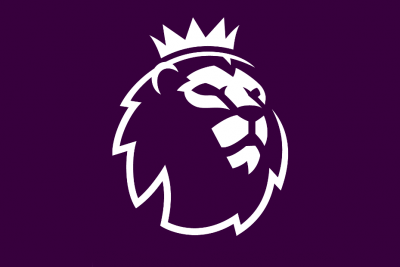Table tennis basic rules
To the casual observer, the game is often described to basically look a lot like a miniaturised tennis match. In actual fact, whilst there are some fairly obvious similarities, there are also some crucial differences between the sports which impact greatly on the flow of gameplay.
Table tennis is typically played between single competitors, though two players can sometimes team up to form what is known as a ‘double’ and face off against another two-person team.
In a match, the competitors will take up position on either end of a table divided in half by a low net, and will take responsibility for their end. The players will then use wooden paddles to strike a small ball back and forth across the table to one another.
The most basic objective of the game is for a player to not allow the opponent to bounce the ball onto their end of the table and past them, thereby scoring a point, whilst trying to score a point against the opposition.
Once one of the players reach eleven points, then the game is considered won (provided they are able to secure a two-point lead). The winner of a full match is decided by looking at who gets the best result across three different games.
However, there are some further rules that add a fair amount of depth to the game.
- Firstly, it is considered illegal (and thereby conceding a point to the opponent) to hit the ball into the net or allow the ball to bounce more than twice in the player’s own half of the table.
- It is also illegal to hit the ball into the sideline margin of the table or to hit back a ball that has entered the side-line, thereby creating a hazard for both the player who originally knocked the ball out of bounds and the defending player.
- Likewise, a ball struck into the opponent’s half must exit the table via the back edge – falling off the side will result in the attacking player conceding a point. Understandably, this means that the higher a player’s reaction speed and ability to think on their feet, the better they will perform at table tennis.
Table tennis also requires each player to serve (meaning that they are the one to strike the ball first and begin a game) twice in succession before alternating, regardless of who scored the last point. This is in contrast to regular tennis, where the serve will alternate back and forth between each set, or the player who serves the ball will sometimes be the person who scored the last point. Additionally, some competitions may have their own particular rules about which side of the table the serve should be performed towards or from, putting some more pressure on the players.
Furthermore, once a game has been concluded, the players will switch ends of the table in order to ensure that no advantage can be claimed due to the layout of the venue or any small flaws in the construction of the table itself. This also provides a natural stopping point for the players to refresh themselves with water and for judges to confer amongst themselves.













